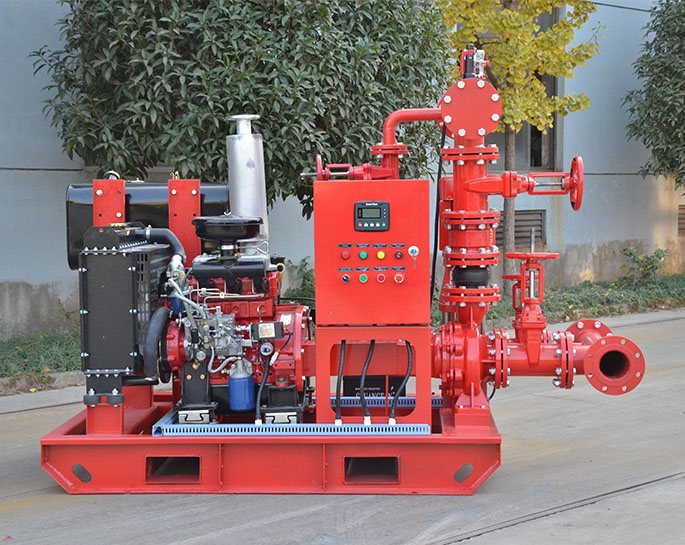Diesel fire pump safety valve grinder principle
A diesel fire pump safety valve grinder is a specialized tool used for maintaining and ensuring the proper functioning of safety valves on diesel fire pumps. Safety valves are crucial components in fire protection systems as they release excess pressure to prevent over-pressurization and damage to the pump and associated equipment. Grinding or lapping safety valves is a process used to ensure the valve seats and discs are in good condition and provide reliable performance when needed.
Here's a simplified principle of how a safety valve grinder works:
-
Safety Valve Inspection: Before using the grinder, inspect the safety valve to ensure it is properly installed and in good condition. Make sure the valve is closed and not under pressure.
-
Disassembly: Depending on the design of the safety valve, you may need to disassemble it to access the valve seat and disc. This often involves removing the valve bonnet or cover.
-
Grinding or Lapping: The grinder utilizes an abrasive material, often a fine grinding paste or lapping compound, and a grinding tool. The tool is placed against the valve seat while the valve disc is closed. Then, you rotate the tool to grind or lap the valve seat surface.
-
Grinding: In grinding, a more aggressive abrasive material is used, and it removes material from the valve seat to create a smooth and even surface.
-
Lapping: Lapping involves using a softer abrasive material, and it is typically done to achieve a very fine and precise seating surface without removing much material.
-
-
Inspection: After grinding or lapping, carefully clean the valve seat and disc, removing any abrasive residues. Then, inspect the seating surfaces to ensure they are smooth, flat, and free of any defects or irregularities.
-
Reassembly: Reassemble the safety valve, ensuring that all components are properly aligned and tightened to the manufacturer's specifications.
-
Testing: After reassembly, conduct a pressure test to ensure that the safety valve opens and releases excess pressure at the correct set pressure. This test should be performed in accordance with relevant safety standards and regulations.
-
Adjustment: If the valve does not operate within the specified pressure range, you may need to adjust it using the manufacturer's guidelines.
-
Documentation: Keep records of the maintenance and testing performed on the safety valve for regulatory compliance and future reference.
It's important to note that safety valve maintenance and grinding should be performed by trained and qualified personnel who are familiar with the specific fire protection system and safety valve design. Additionally, compliance with local safety regulations and manufacturer recommendations is essential to ensure the safety and reliability of the fire protection system.


.png)
.png)

.png)


